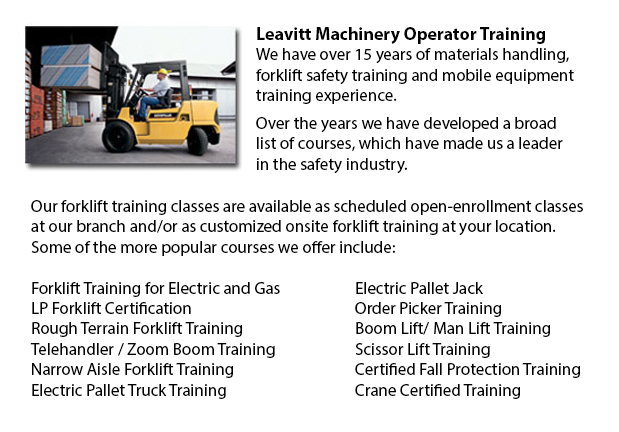
Aerial Lift Training Markham - Aerial hoists are able to accommodate various odd jobs involving high and tough reaching places. Sometimes used to complete daily preservation in structures with tall ceilings, trim tree branches, raise burdensome shelving units or repair telephone cables. A ladder could also be utilized for some of the aforementioned jobs, although aerial platform lifts provide more security and stability when properly used.
There are a number of different designs of aerial lift trucks accessible, each being capable of performing slightly different tasks. Painters will sometimes use a scissor lift platform, which is able to be used to reach the 2nd story of buildings. The scissor aerial hoists use criss-cross braces to stretch out and enlarge upwards. There is a platform attached to the top of the braces that rises simultaneously as the criss-cross braces lift.
Cherry pickers and bucket trucks are a further kind of the aerial hoist. Normally, they contain a bucket at the end of an extended arm and as the arm unfolds, the attached bucket platform rises. Forklifts utilize a pronged arm that rises upwards as the lever is moved. Boom lift trucks have a hydraulic arm which extends outward and hoists the platform. All of these aerial platform lifts call for special training to operate.
Training courses presented through Occupational Safety & Health Association, known also as OSHA, deal with safety techniques, machine operation, upkeep and inspection and device cargo capacities. Successful completion of these training courses earns a special certified license. Only properly licensed individuals who have OSHA operating licenses should run aerial hoists. The Occupational Safety & Health Organization has formed guidelines to maintain safety and prevent injury while using aerial platform lifts. Common sense rules such as not using this piece of equipment to give rides and making sure all tires on aerial hoists are braced in order to hinder machine tipping are noted within the guidelines.
Regrettably, data illustrate that in excess of 20 operators pass away each year when running aerial platform lifts and 8% of those are commercial painters. Most of these incidents are due to inappropriate tire bracing and the lift falling over; for that reason some of these deaths had been preventable. Operators should ensure that all wheels are locked and braces as a critical safety precaution to prevent the machine from toppling over.
Other suggestions involve marking the surrounding area of the machine in an observable manner to protect passers-by and to guarantee they do not come too close to the operating machine. It is crucial to ensure that there are also 10 feet of clearance between any power lines and the aerial lift. Operators of this machinery are also highly recommended to always have on the proper safety harness while up in the air.
-
Terex Forklift
Terex Forklift Forklift Training - Terex Forklifts takes immense satisfaction in manufacturing quality equipment that helps improve their customers' efficiency while standing by their goal to provide a cost effective yet reliable product line. Throug... More -
Pallet Stackers
Pallet Stackers Training Markham - Pallet stackers are a style of pallet jack that can be used to stack, transfer and lift produce positioned on a pallet that are far too burdensome for physical lifting. Mainly these mechanisms are utilized to load a... More -
Komatsu Forklift
Komatsu Forklift Training Markham - Komatsu Forklift U.S.A. Inc. has a very good reputation for building reliable and durable forklifts. Komatsu is recognized around the world as a business with a prosperous heritage while preserving an outstanding b... More -
Hyster Forklift
Hyster Forklift Training Markham - As a worldwide leader in forklift trucks, Hyster consistently strives for excellence in product quality and safety. However, it began as a producer of lifting machines as well as winches. Most of its production wa... More -
Nissan Forklift
Nissan Forklift Training Markham - Nissan takes immense delight in reaching total consumer satisfaction, when their client is experiencing one of their many products including cars, trucks, and lift trucks. Nissan Motor Co. Ltd is the parent company... More

Forklift Training Markham
TOLL FREE: 1-888-254-6157
Markham, Ontario
forklifttrainingmarkham.com
Email Us
About Us


